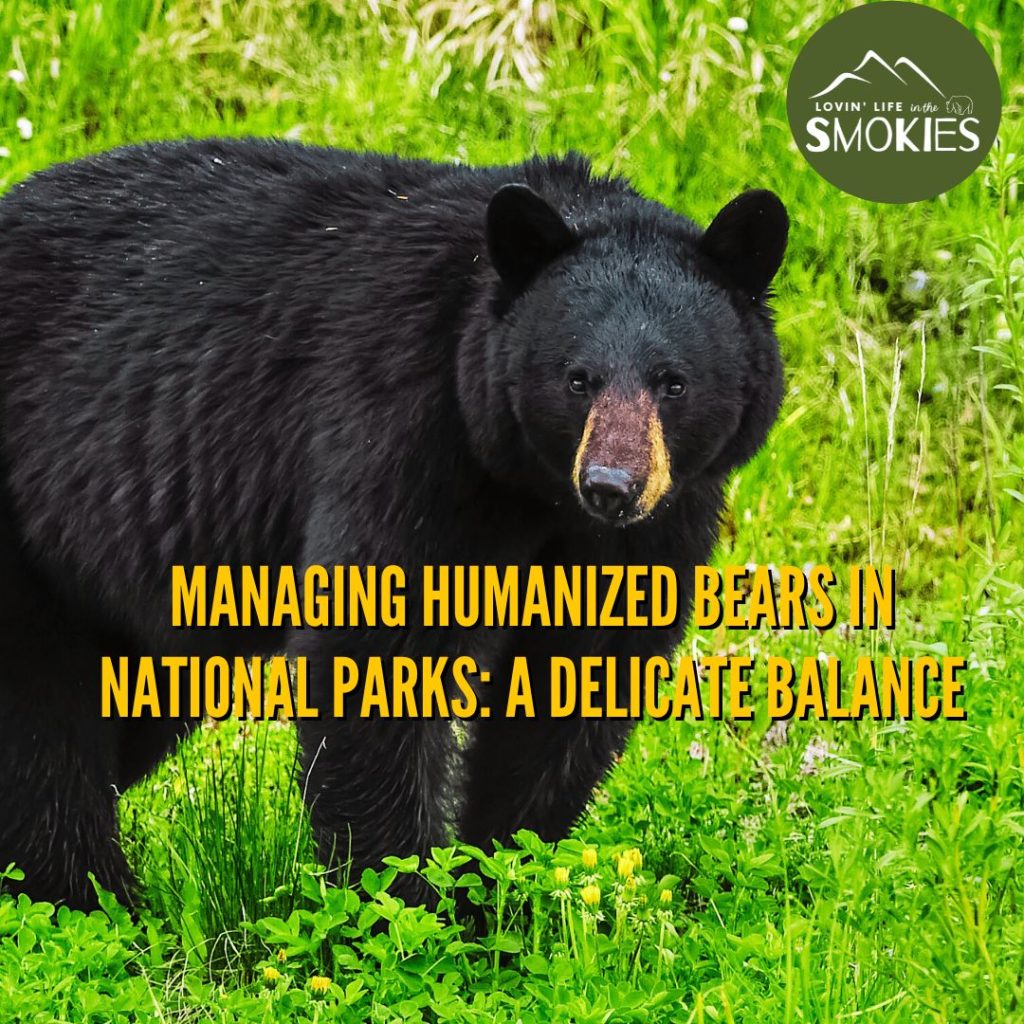National parks are treasured sanctuaries, preserving natural habitats and wildlife while offering the public an opportunity to experience nature’s splendor. Among the most iconic and admired residents of these parks are bears. However, human interaction, particularly feeding, can lead to a phenomenon known as bear humanization, where bears become accustomed to human presence and food. The National Park Service (NPS) employs a variety of strategies to manage these situations and ensure both visitor safety and bear conservation.
Understanding Bear Humanization
Bear humanization occurs when bears associate humans with food. This association often results from visitors feeding bears, either intentionally or inadvertently, by leaving food accessible. Humanized bears can become bold, approaching campsites, picnic areas, and even cars in search of food. This behavior poses significant risks: it can lead to aggressive encounters, property damage, and ultimately, the unfortunate need to euthanize the bear if it becomes too dangerous.
Prevention Strategies
Education and Outreach: One of the most critical strategies employed by the NPS is visitor education. Informative campaigns about the dangers and legal consequences of feeding wildlife are ubiquitous in national parks. Signs, brochures, ranger talks, and social media efforts stress the importance of keeping a safe distance from bears and storing food securely.
Bear-Resistant Containers: To mitigate unintentional feeding, the NPS provides bear-resistant food storage lockers and garbage bins in campgrounds and picnic areas. These containers are designed to be bear-proof, ensuring that bears cannot access human food. Rangers also educate visitors on the proper use of these containers and the importance of maintaining a clean campsite.
Management and Response
Aversion Conditioning: When a bear begins to exhibit humanized behaviors, the NPS may employ aversion conditioning techniques. Rangers use non-lethal methods such as loud noises, rubber bullets, and bean bags to discourage bears from approaching human-occupied areas. The goal is to re-instill a natural fear of humans in the bear.
Relocation: In cases where aversion conditioning is insufficient, the NPS may opt to relocate the bear to a more remote area within the park or, if necessary, to a different park altogether. Relocation is a complex and costly process that involves tranquilizing the bear and transporting it safely. However, it is not always successful, as some bears may return to human-populated areas.
Euthanasia: While the NPS strives to avoid euthanizing bears, it remains a last-resort measure when a bear poses an imminent threat to human safety and no other options are viable. Euthanasia decisions are made with heavy hearts and after exhaustive efforts to rehabilitate and relocate the bear.
Long-Term Conservation Efforts
The NPS collaborates with wildlife biologists and researchers to study bear behavior and develop more effective management strategies. Ongoing research includes tracking bear movements, studying their diets, and monitoring interactions with humans. This data informs future policies and helps the NPS adapt its approaches to changing conditions.
Community and Stakeholder Engagement
Successful bear management requires the cooperation of local communities, visitors, and various stakeholders. The NPS works with local businesses, conservation groups, and governmental agencies to create a unified approach to bear management. Public involvement and support are crucial in maintaining the delicate balance between human recreation and wildlife conservation.
Conclusion
The National Park Service’s approach to managing humanized bears is multifaceted, combining education, preventive measures, direct interventions, and research. By fostering a culture of respect and responsibility among park visitors and continually refining management techniques, the NPS aims to protect both bears and humans, ensuring that these magnificent animals can thrive in their natural habitats for generations to come.





